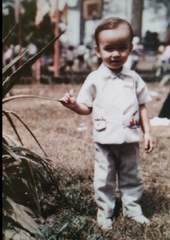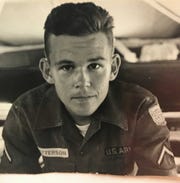Valley of the Guns: The Pleasant Valley War and the Trauma of ViolencePosted in Books, History, Media Archive, Monographs, Native Americans/First Nation, United States on 2019-01-22 21:27Z by Steven |
Valley of the Guns: The Pleasant Valley War and the Trauma of Violence
University of Oklahoma Press
October 2018
312 Pages
10 b&w illus., 3 maps, 2 tables, 2 charts
Hardcover ISBN: 978-0-8061-6154-9
Kindle ISBN: 978-0-8061-6251-5
e-pub ISBN: 978-0-8061-6252-2
Eduardo Obregón Pagán, Bob Stump Endowed Professor of History
Arizona State University, Tempe
In the late 1880s, Pleasant Valley, Arizona, descended into a nightmare of violence, murder, and mayhem. By the time the Pleasant Valley War was over, eighteen men were dead, four were wounded, and one was missing, never to be found. Valley of the Guns explores the reasons for the violence that engulfed the settlement, turning neighbors, families, and friends against one another.
While popular historians and novelists have long been captivated by the story, the Pleasant Valley War has more recently attracted the attention of scholars interested in examining the underlying causes of western violence. In this book, author Eduardo Obregón Pagán explores how geography and demographics aligned to create an unstable settlement subject to the constant threat of Apache raids. The fear of surprise attack by day and the theft of livestock by night prompted settlers to shape their lives around the expectation of sudden violence.
As the forces of progress strained natural resources, conflict grew between local ranchers and cowboys hired by ranching corporations. Mixed-race property owners found themselves fighting white cowboys to keep their land. In addition, territorial law enforcement officers were outsiders to the community and approached every suspect fully armed and ready to shoot. The combination of unrelenting danger, its accompanying stress, and an abundance of firearms proved deadly.
Drawing from history, geography, cultural studies, and trauma studies, Pagán uses the story of Pleasant Valley to demonstrate a new way of looking at the settlement of the West. Writing in a vivid narrative style and employing rigorous scholarship, he creatively explores the role of trauma in shaping the lives and decisions of the settlers in Pleasant Valley and offers new insight into the difficulties of survival in an isolated frontier community.




